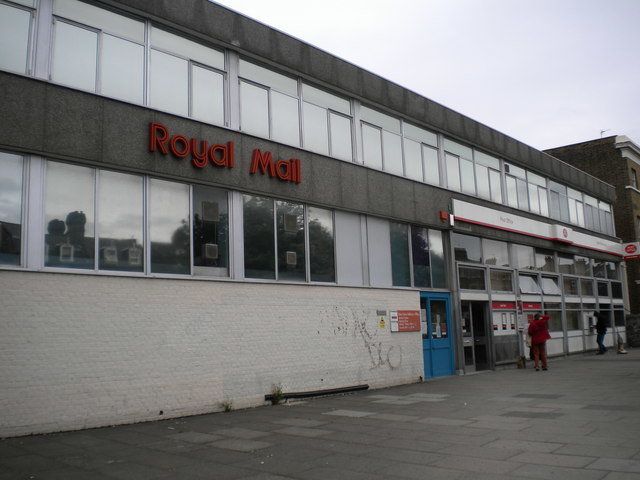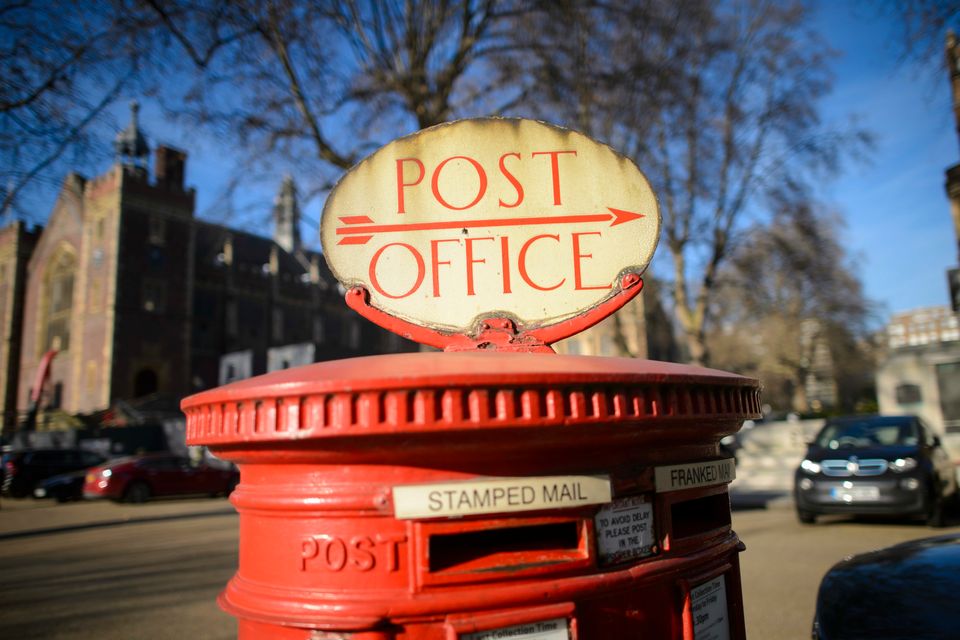Mole Meade is dedicated to the Post Office. The trade union rep has spent half of his life working as a clerk, while also representing its thousands of employees.
But after 30 years, his loyalty to the firm has shifted. He now frequently fights alongside councillors and community leaders to halt the disappearance of post offices from British high streets, as branches are closed across the country.
“I’ve seen it go through rack and ruin,” says Meade, who is now an executive at the Communication Workers Union.
Last year, Lewisham in London lost the last two Post Offices branches directly controlled by the company, known as “crown” sites, as Sydenham and New Cross pulled down their shutters for good in a move local councillor Alan Hall described as a “national scandal”.
But the Post Office has been under immense pressure to shut down those branches. Crown post offices now make up just 2% of the national postal network, having fallen from 373 branches in 2009, to 262 in March last year. Mostly, they have been subsumed into local news agents, or WHSmiths franchises.
The closures are particularly poignant in light of concerns about the death of the high street, and discussions about how to draw more customers in as numbers continue to fall nationwide. Forecasters predict some 175,000 jobs could be lost as footfall declines again this year.
“You’ve got a government currently banging on about ‘oh, we’ve got to do something about the high street’, and they’re the ones killing it off,” Meade said.

The Sydenham closure was “probably one of the most offensive”, he said. It wasn’t just a place to post a letter or a package – as a full service site it was also where people could apply for work permits, or sort out issues with their immigration status.
“What happened in Sydenham, this happens in every office that’s got UK border agency facilities. People who come to Britain for economic, political, asylum reasons have to get UK border agency facilities at some point and with the closure of Sydenham, those facilities evaporated,” he told HuffPost UK.
But like so many decisions driven by austerity over the past few years, the closure made sense on paper. Services were not withdrawn completely, and people could go to WHSmith stores for some of the things the post office did for them. But as with similar cuts across the UK, there was a quiet but profound impact on the people who relied on the Crown sites.
You’ve got a government currently banging on about ‘oh, we’ve got to do something about the high street’, and they’re the ones killing it offMole Meade
The slow decline of the post offices is part of our new series, What It’s Like To Lose. After nearly eight years of shrinking local budgets, HuffPost UK has been focusing on thedisappearing bus routes, leisure centres, clinics and job centres that together paint a picture of what life is like for millions of people who rely on public services in the age of austerity.
Now, the shuttered branch in south London’s New Cross stands vacant. “This was a post office that was very well used – always queues out the door. So there was very much a need in the neighbourhood, and we didn’t want either of them to go,” says Laura Wirtz, a local resident.
Wirtz was an instrumental figure in the campaign against the New Cross closure, heading up the petition of 3,000 signatures which was eventually presented to Downing Street last February.
She told HuffPost UK: “When I started the campaign and started taking the petitions around the pubs, I would hear comments like ‘Oh, we’re going to lose that as well?’.”
“We’d already lost the bank, and the library was only kept open for two days a week but then volunteers are running it. We’re just losing all of our essential services and the only things that still exist are private, promotional spaces.
“There’s nothing owned by us, nothing that’s for the community and so there’s just a general feeling that the amenities we depend on, they’re not going to be open for us, and there’s nothing we can do about it.”
But this is not simply a story of one post office being closed, says Lewisham councillor Joe Dromey, who opposed the closure of the New Cross site. This was a whole constellation of pressures. “It’s part of a wave of closures of Crown post offices we’ve seen in recent years which has been an effort by the post office to save money and cut costs,” he told HuffPost UK.
“The reason why it delivers big savings for the Post Office is because it replaces decent, well-paid union organised jobs on secure terms, with low-paid, insecure work. The savings are on the back of undermining decent, quality work,” he said.
Grievances were aired at localcouncil meetings last year, with local residents fearing the economic impact of the closure, as well as longer queues and poorer service. Consultations were even held between residents and Post Office bosses, which councillor Liam Curran labelled a “cosmetic exercise”.
A campaign was launched online, adopting the #SaveOurPostOffice hashtag. Their action culminated in a number of petitions being presented to Downing Street. But it didn’t stop the closures.
Curran told HuffPost UK: “They all closed down one by one. Last year, there was about just under 300 that were crown branches. But before that, there was thousands and thousands of them. Now they’re closing, despite all the lobbying a petitions from people up and down the country, they’re being ignored.”
Founded in 1986, Post Office Ltd now has a network of 11,500 branches across the UK, directly employing 8,000 employees in its Crown branches, and 50,000 in its sub-post offices. It broke off from the privatised Royal Mail in 2012 to become an independent, state-owned firm as part of the Postal Services Act 2011.
But it has weathered challenging conditions, and faced questions over its viability as it began to report losses reaching £108m in 2007.
In a bid to overhaul the brand’s fortunes, the government provided a £1.7bn cash injection in 2007, in hopes that it could become profitable again by 2011. Part of this deal saw 85 Crown sites close, most of them sold to retailer WHSmith.
The 2007 government subsidy was followed up in 2010 with £1.3 billion in funding to help the firm further. As part of efforts to modernise, it introduced two new types of shop – open plan ‘main sites’ with longer hours and more services, and ‘local style’ post offices which are housed within corner shops and are open during retail hours.

Simultaneously, the number of Crown sites fell, with figures showing that by the end of March, there were 262, making up 2% of the entire network, compared with 373 in 2009. A 10-year deal was drawn up between Post Office Ltd and WHSmith, in which 61 sites are to be sold to the high street giant until 2026.
Curran said he fears that the government is set on privatising the Post Office completely. “It’s the equivalent to a national service like the railways, water, power, that actually should be under the ownership of the public through the government, and that provides a service that benefits people.”
He said it is part of “the story of wider privatisation, and government priorities.”
The Post Office told HuffPost UK it does not take branch changes lightly.
“The Post Office is not immune to the pressures facing all retailers, and we must respond to the unprecedented change taking place on high streets and adapt to changing customer needs.
“We want our services to remain at the heart of communities, including in Lewisham, in a way that’s financially sustainable, not just for today’s customers but tomorrow’s too. 98% of the Post Office network is run in this way, on an agency or franchise basis. It’s a model that works through delivering the benefits of shared overheads and footfall.”
The company reassured customers that they would still be able to rely on the facilities they expect, adding that there are “very rarely changes” to services over the counter.
“We do not make changes to our branches lightly – but we need to make them if we are to ensure that our services remain at the heart of towns and cities, not just in the short term, but for the long term too.”
It is clear that, amid the changing face of New Cross high street, the loss of the Crown post office signifies the fall of yet another constant, a reliable community nerve centre.
Meade said: “It affects the very fabric of our high streets and our society, because what you can’t put a price on is a person, whether young or old, can go to the post office weekly, and that’s probably the only people they speak to.
“You can’t put a price on that.”

In a new series, HuffPost UK is examining how shrinking local budgets are affecting people’s daily lives. These are stories of what it’s like to lose, in a society that is quietly changing. If you have a story you’d like to tell, email basia.cummings@huffpost.com.